
- afrikanisch
- albanisch
- Amharisch
- Arabisch
- Armenisch
- Aserbaidschanisch
- baskisch
- Belarussisch
- Bengali
- bosnisch
- bulgarisch
- katalanisch
- Cebuano
- China
- China (Taiwan)
- Korsisch
- kroatisch
- Tschechisch
- dänisch
- Niederländisch
- Englisch
- Esperanto
- estnisch
- finnisch
- Französisch
- Friesisch
- galizisch
- georgisch
- Deutsch
- griechisch
- Gujarati
- Haitianisches Kreol
- Hausa
- hawaiisch
- hebräisch
- Nein
- Miao
- ungarisch
- isländisch
- igbo
- Indonesisch
- irisch
- Italienisch
- japanisch
- Javanisch
- Kannada
- kasachisch
- Khmer
- Ruandisch
- Koreanisch
- kurdisch
- Kirgisisch
- TB
- Latein
- lettisch
- litauisch
- Luxemburgisch
- mazedonisch
- Malgashi
- malaiisch
- Malayalam
- maltesisch
- Maori
- Marathi
- mongolisch
- Myanmar
- Nepali
- norwegisch
- norwegisch
- Okzitanisch
- Paschtu
- persisch
- Polieren
- Portugiesisch
- Punjabi
- rumänisch
- Russisch
- Samoaner
- schottisch Gälisch
- serbisch
- Englisch
- Shona
- Sindhi
- Singhalesisch
- slowakisch
- Slowenisch
- somali
- Spanisch
- Sundanesisch
- Suaheli
- Schwedisch
- Tagalog
- Tadschikisch
- Tamilisch
- Tatarisch
- Telugu
- Thailändisch
- Türkisch
- Turkmenisch
- ukrainisch
- Urdu
- Uigur
- Usbekisch
- Vietnamesisch
- Walisisch
- Helfen
- Jiddisch
- Yoruba
- Zulu

Premium Glass Microbeads | Precision, Quality & Assorted Sizes
The Strategic Role of Glass Microbeads in Modern Industrial Applications
In the intricate landscape of B2B industrial operations, the selection of appropriate media for surface treatment, deburring, and finishing is paramount to achieving optimal product quality and operational efficiency. Among the diverse range of abrasive and peening media, glass microbeads have emerged as a critically important solution, renowned for their versatility, effectiveness, and environmental benefits. These meticulously engineered spherical particles are indispensable across a multitude of sectors, from automotive and aerospace to medical and precision manufacturing.
The demand for high-performance surface finishing solutions continues to drive innovation in material science. Industry trends indicate a growing preference for media that offer controlled material removal, superior surface aesthetics, and enhanced component longevity. This is where specialized products like glass microbeads, including various configurations such as assorted glass beads and glass rondelle beads, excel. They provide a non-contaminating, non-ferrous option that is particularly effective for sensitive substrates, offering a satin finish without embedding foreign particles or inducing significant dimensional changes. The global market for abrasives, including advanced media like glass beads, is projected to grow consistently, driven by increasing industrial automation and stringent quality control standards.
Companies are increasingly seeking quality glass beads that deliver consistent performance, reducing rework and optimizing production cycles. This article delves into the technical specifications, manufacturing processes, diverse application scenarios, and key advantages of glass microbeads, providing B2B decision-makers and engineers with a comprehensive understanding of their strategic value. We will also explore vendor comparison points, customized solutions, and real-world case studies to illustrate their impact.
Manufacturing Process Flow of Glass Microbeads
The production of high-performance glass microbeads is a sophisticated process requiring precision engineering and stringent quality control. The primary material typically consists of high-quality glass cullet, often soda-lime glass, selected for its specific thermal and chemical properties. This material provides the foundational inertness and hardness required for effective surface treatment.
Detailed Process Steps:
1. Raw Material Preparation & Melting
Carefully selected glass cullet is thoroughly cleaned and prepared. It is then fed into a high-temperature furnace, where it undergoes a controlled melting process at temperatures typically exceeding 1500°C. This ensures a homogeneous molten glass state, free from impurities.
2. Spheroidization (Flame Forming)
The molten glass is introduced into a specialized, high-temperature flame furnace. Surface tension forces naturally form the droplets into perfect spheres as they pass through the intense heat. This critical step ensures the uniform spherical shape characteristic of effective glass microbeads, crucial for consistent performance.
3. Cooling & Annealing
Post-spheroidization, the hot glass spheres are rapidly cooled in a controlled manner to solidify them without introducing internal stresses. An annealing stage may follow to further reduce any residual stress, enhancing the beads' durability and preventing premature fracturing during use.
4. Sizing & Classification
The solidified spheres are then meticulously screened and classified into precise size ranges using advanced sieving technologies. This ensures extremely tight tolerances for particle diameter, a critical factor for achieving consistent surface finishes and repeatable process results.
5. Quality Control & Testing
Each batch undergoes rigorous quality control testing. This includes particle size distribution analysis, sphericity measurements, density checks, and contamination screening. Adherence to international standards such as ISO 11185 for blast cleaning abrasives, ASTM D1214 for sieve analysis, and ANSI/SAE J1836 for shot peening is paramount.
6. Packaging & Delivery
Finished quality glass beads are packaged in moisture-resistant container111s, ranging from 25kg bags to bulk super sacks, ensuring their integrity during transit and storage to client facilities globally.
The typical service life of glass microbeads in applications such as sandblasting and peening is significantly influenced by operating pressure, component hardness, and bead size. High-quality beads can withstand numerous impact cycles, often demonstrating superior longevity compared to irregular or lower-grade abrasives, which contributes to energy saving through reduced media consumption and downtime.
Target industries benefiting from these highly controlled manufacturing processes include petrochemical (for surface preparation of pipes and vessels), metallurgy (for deburring and peening), water supply & drainage (for cleaning and descaling components), automotive (for engine parts and body finishing), and aerospace (for critical component stress relief and surface integrity). Their inherent chemical inertness provides excellent corrosion resistance for treated surfaces, making them ideal for these demanding environments.
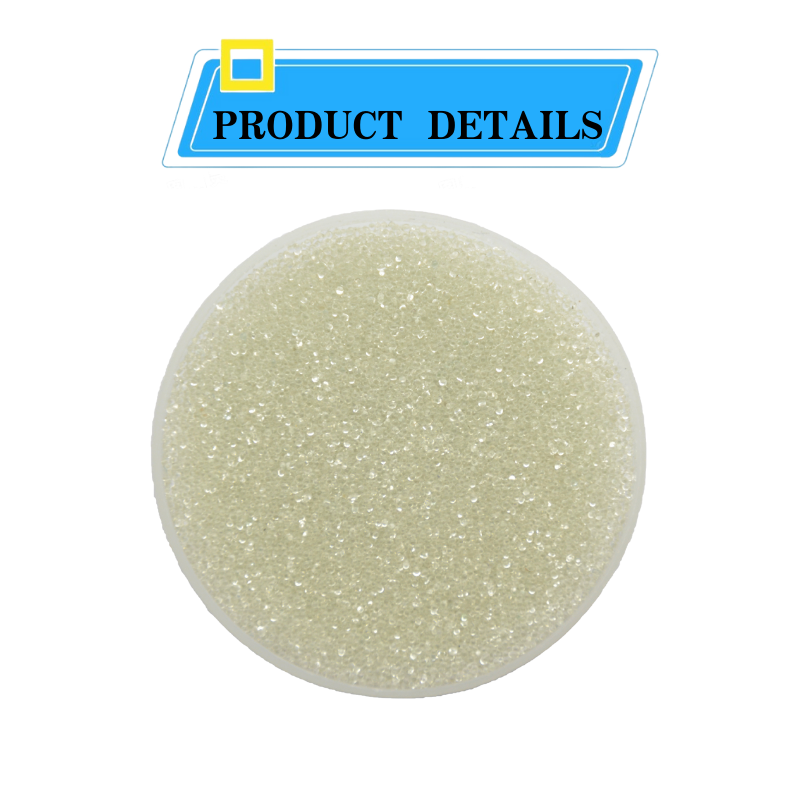
Technical Specifications and Parameters
Understanding the precise technical specifications of glass microbeads is crucial for engineers and procurement specialists to ensure optimal performance in specific applications. Our "Round glass beads polishing sandblasting derusting special" product exemplifies the stringent quality and performance characteristics demanded by modern industries. Key parameters include particle size distribution, sphericity, hardness, specific gravity, and chemical composition. These attributes collectively determine the bead's effectiveness in surface modification, deburring, and impact applications.
Typical Product Specification Table: Round Glass Beads for Polishing, Sandblasting, and Derusting
The narrow particle size distribution (PSD) and high sphericity are particularly critical for achieving consistent finishes and preventing nozzle clogging in blasting equipment. A high degree of sphericity ensures uniform impact energy distribution across the surface, reducing material stress and extending media life. The Mohs hardness of 5.5-6.5 provides sufficient abrasive power for cleaning and peening without excessively abrading the substrate, distinguishing glass microbeads from harsher media like aluminum oxide.
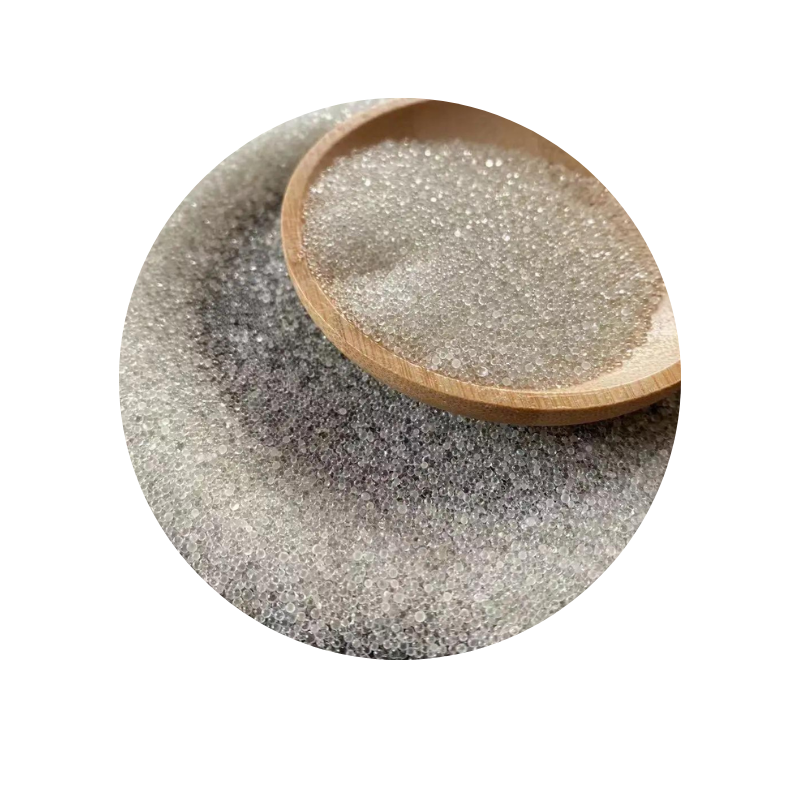
Application Scenarios and Industry Impact
The versatility of glass microbeads makes them suitable for a broad spectrum of industrial applications, particularly where surface integrity and precise finish are paramount. Their non-ferrous, non-contaminating nature is a significant advantage in industries with strict cleanliness requirements.
Key Application Areas:
- Surface Finishing & Polishing: For achieving a clean, bright, and uniform satin finish on metals like aluminum, stainless steel, and titanium. They are ideal for parts requiring a cosmetic finish without significant material removal, such as surgical instruments, automotive trim, and architectural components.
- Sandblasting & Deburring: Effective in removing scale, rust, paint, and other surface contaminants without altering the dimensional tolerance of the workpiece. This is crucial for precision components where material removal must be minimal. Examples include removing flash from plastic moldings and cleaning molds or dies.
- Derusting & Descaling: Offering a gentler alternative to aggressive abrasive media, glass microbeads can effectively strip away rust and corrosion from delicate components, restoring their original surface without causing undue pitting or etching. This is particularly valuable in maintenance, repair, and overhaul (MRO) operations.
- Shot Peening: While typically less aggressive than steel shot, smaller glass microbeads can be used for light peening applications, inducing compressive residual stress on component surfaces. This enhances fatigue life and stress corrosion resistance, particularly for softer alloys.
- Cleaning & Preparation: Preparing surfaces for subsequent coatings, plating, or bonding operations by ensuring a clean, uniform profile that promotes adhesion. This is common in powder coating and painting pre-treatment processes.
- Decorative Finishes: Beyond functional applications, assorted glass beads and glass rondelle beads are increasingly used in decorative and artistic applications, providing unique textures and aesthetic appeal on various materials.
In the aerospace industry, for instance, quality glass beads are critical for cleaning turbine blades and other sensitive components where surface integrity must be maintained. In the medical device sector, they are used to achieve a sterile-grade, non-reflective finish on surgical instruments. The consistent and controlled impact offered by spherical beads prevents damage to critical dimensions, a crucial factor in these high-stakes applications.
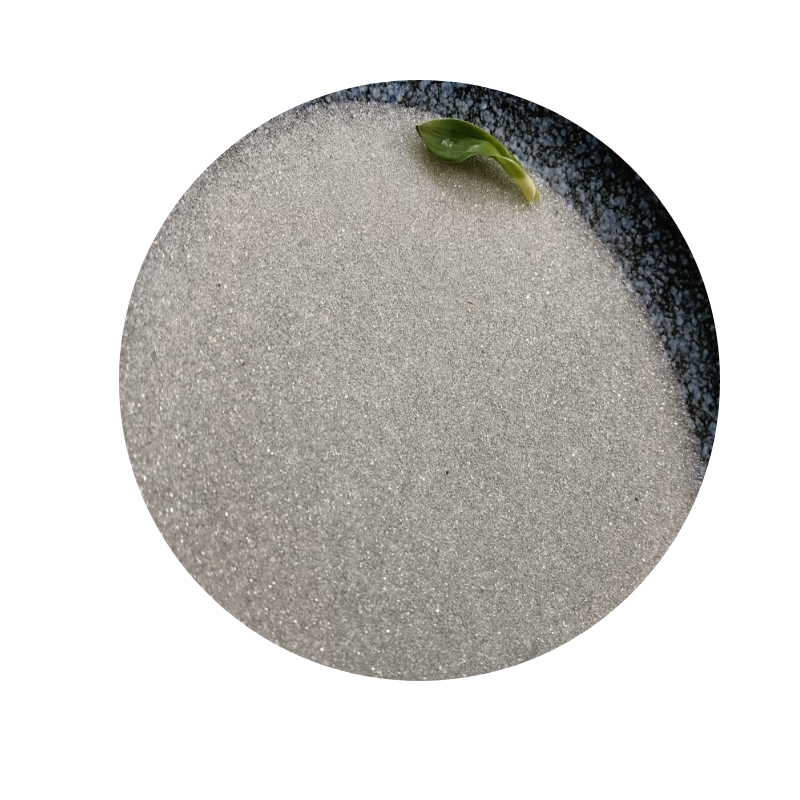
Technical Advantages of Glass Microbeads
The widespread adoption of glass microbeads across diverse industries is directly attributable to their distinct technical advantages over other blasting and peening media. These benefits translate into superior operational outcomes, cost efficiencies, and enhanced product quality.
- Uniform Spherical Shape: The perfect sphericity ensures consistent, non-aggressive impacts that clean, finish, or peen surfaces without sharp edges causing gouging or excessive material removal. This leads to a more uniform, aesthetically pleasing, and functionally superior surface finish.
- Chemical Inertness: Made from soda-lime glass, these beads are chemically inert, meaning they will not react with or contaminate the treated surface. This is critical for industries such as food processing, medical devices, and electronics, where even trace contamination is unacceptable. It also prevents rust formation, unlike steel shot or grit.
- Wide Range of Finishes: By varying bead size and blasting pressure, operators can achieve a spectrum of finishes, from matte to bright satin, and different surface roughness profiles (Ra values). This flexibility allows for precise control over the final product's appearance and functional characteristics.
- Reduced Equipment Wear: The smooth, spherical nature of glass microbeads causes less wear and tear on blasting equipment (nozzles, hoses, cabinets) compared to angular abrasives, leading to lower maintenance costs and extended equipment lifespan.
- Environmental & Safety Benefits: Glass beads are non-toxic, lead-free, and silica-free, reducing health risks associated with crystalline silica dust. They are also recyclable, contributing to more sustainable manufacturing practices. Lower dust generation during blasting improves visibility and air quality in the workplace.
- Cost-Effectiveness: Their durability allows for multiple recycling passes in blasting systems before requiring replacement, significantly reducing media consumption and disposal costs. The resulting superior finish also minimizes rework, further saving on labor and material.
These combined advantages highlight why quality glass beads are a preferred choice for surface treatment, offering a balance of efficacy, economy, and environmental responsibility, making them an indispensable tool in advanced manufacturing.
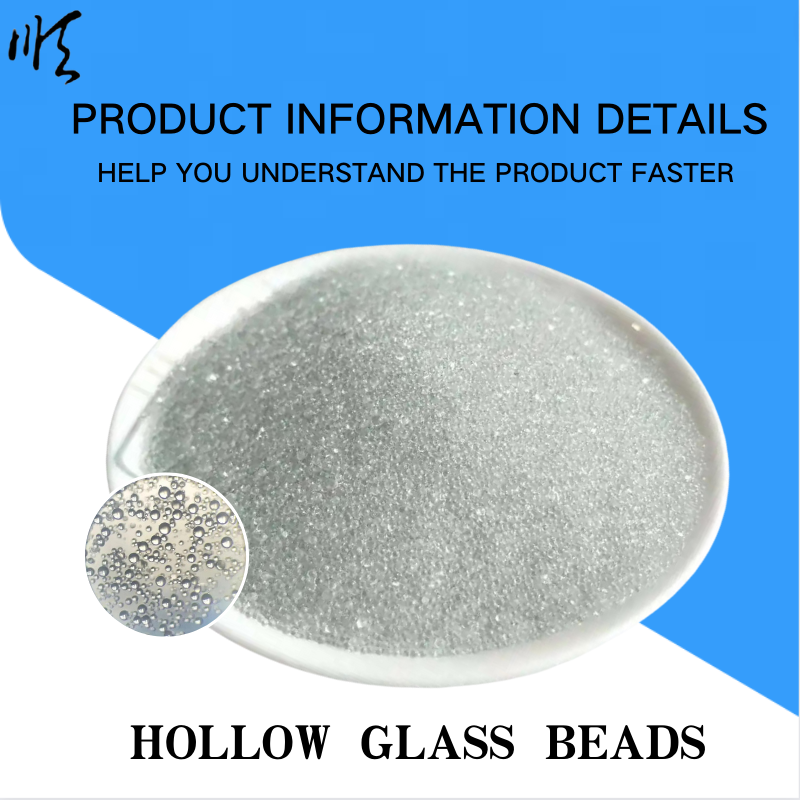
Vendor Comparison and Selection Criteria
Selecting the right supplier for glass microbeads is a strategic decision that impacts production quality, operational costs, and supply chain reliability. While many vendors offer glass bead products, differentiating between them based on critical criteria is essential for B2B purchasers.
Key Vendor Comparison Factors:
Companies seeking quality glass beads should prioritize vendors with a proven track record, comprehensive certifications, and a commitment to technical support. A reliable partner ensures not only product availability but also helps optimize blasting processes, leading to significant long-term savings and superior outcomes.

Customized Solutions for Specialized Applications
While standard grades of glass microbeads meet most industrial needs, certain highly specialized applications demand tailored solutions. Leading manufacturers recognize this need and offer extensive customization capabilities to match the precise requirements of unique processes and materials.
Customization can involve several parameters:
- Specific Particle Size Distributions: Beyond standard grades, custom PSDs can be engineered to achieve highly specific surface roughness profiles (Ra, Rz values) or to optimize flow characteristics in advanced blasting equipment. This is particularly valuable for delicate components or intricate geometries.
- Enhanced Sphericity: For ultra-precision applications, glass microbeads with sphericity exceeding 90% can be produced, ensuring even more uniform impact and reduced media breakdown.
- Material Modifications: While soda-lime glass is standard, specific formulations can be developed for altered hardness, density, or chemical resistance to suit extreme operating conditions or unique substrate materials.
- Surface Coatings: Specialized coatings can be applied to the beads to impart additional properties, such as improved flowability, enhanced dust suppression, or anti-static characteristics, further optimizing performance in challenging environments.
- Custom Packaging: From small, humidity-controlled container111s for medical applications to large, reinforced super sacks for automated bulk feeding systems, custom packaging ensures product integrity and ease of use for the client.
These tailored solutions underscore the importance of collaborating with an experienced manufacturer capable of extensive R&D and flexible production processes to deliver truly optimized quality glass beads.
Application Case Studies
The efficacy of glass microbeads is best illustrated through real-world applications where they have delivered measurable improvements.
Case Study 1: Automotive Engine Component Refurbishment
A major automotive remanufacturer faced challenges with conventional abrasive media for cleaning aluminum engine blocks and cylinder heads. Traditional grit media caused excessive material removal and surface roughening, necessitating additional finishing steps. By switching to a specific grade of 100-200 µm glass microbeads in their blast cabinets, the company achieved a clean, uniform satin finish without compromising dimensional tolerances. Customer feedback highlighted a 15% reduction in post-blasting machining time and a significant decrease in media consumption due to the beads' durability. The overall process efficiency improved by 20%, leading to substantial cost savings.
Case Study 2: Medical Device Surface Preparation
A manufacturer of surgical implants required a highly controlled, non-contaminating surface preparation method for titanium components before sterilization and packaging. Metal abrasives were ruled out due to contamination risks, and harsh chemicals posed environmental and safety concerns. Implementing fine glass microbeads (50-70 µm) delivered an ultra-clean, consistent, non-reflective finish that met stringent FDA and ISO 13485 standards. The chemical inertness of the glass ensured no material transfer or adverse reactions, and the precise finish enhanced tissue integration properties for the implants. This solution enabled compliance with regulatory requirements and improved product reliability.
Case Study 3: Industrial Valve Maintenance for Petrochemical Sector
A petrochemical plant required routine maintenance on large, specialized valves susceptible to scale buildup and surface corrosion. Using aggressive media often damaged the valve seating surfaces, leading to costly replacements. Our recommended solution involved a robust grade of glass microbeads (400-600 µm) that effectively removed heavy scale and rust while preserving the critical dimensions and surface integrity of the valve components. This extended the service life of the valves by an estimated 30%, reduced procurement costs, and minimized downtime for maintenance, showcasing the long-term value of quality glass beads in critical infrastructure.
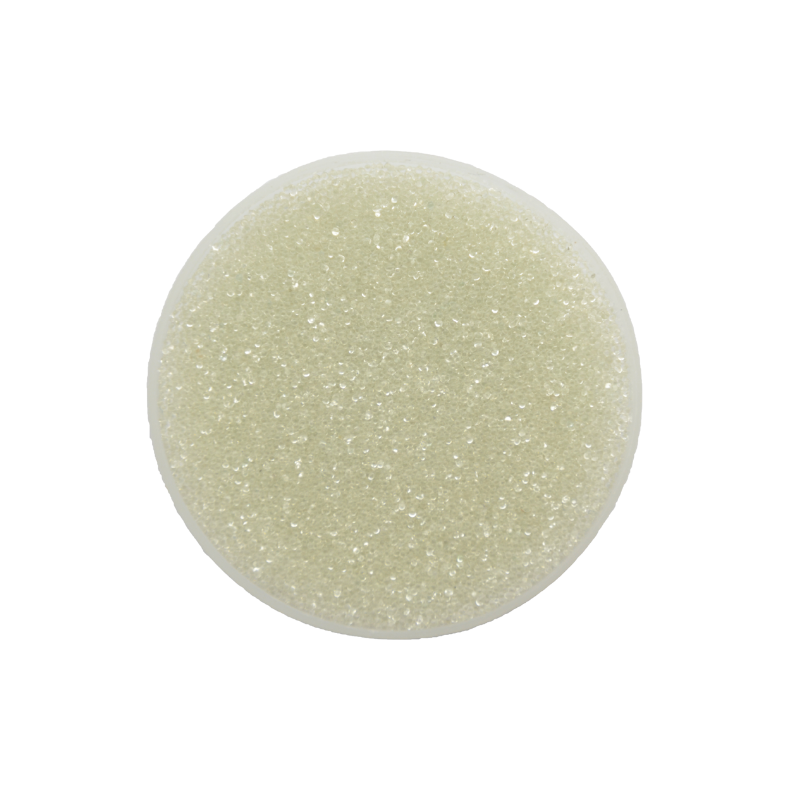
Trustworthiness and Support: FAQ, Lead Time, Warranty, and Customer Service
Frequently Asked Questions (FAQ)
Q: Are glass microbeads reusable?
A: Yes, high-quality glass microbeads are highly durable and can be recycled multiple times within a blasting system. Their service life depends on the application, pressure, and substrate material. Regular media cleaning and classification are recommended to maximize longevity.
Q: What is the typical shelf life of these beads?
A: When stored in dry conditions, away from extreme temperatures and moisture, glass microbeads have an indefinite shelf life. Proper storage is crucial to prevent caking or contamination.
Q: Can these beads be used for wet blasting applications?
A: Absolutely. Glass microbeads are an excellent choice for wet blasting (slurry blasting) due to their non-porous nature and chemical inertness. Wet blasting can reduce dust, provide finer finishes, and is ideal for delicate parts.
Q: Are your products environmentally friendly?
A: Yes, our glass microbeads are non-toxic, free of crystalline silica, and recyclable. They pose minimal environmental impact compared to many other abrasive media. We adhere to responsible manufacturing and disposal guidelines.
Lead Time and Fulfillment Details
We maintain robust inventory levels of standard glass microbeads grades to ensure prompt delivery. Typical lead times for in-stock items range from 3-7 business days for domestic shipments and 10-20 business days for international orders, depending on destination and shipping method. For customized solutions or large-volume orders, lead times will be communicated upon order confirmation, generally ranging from 2-4 weeks. We partner with reliable global logistics providers to ensure efficient and timely fulfillment. Expedited shipping options are available upon request.
Warranty Commitments
All our quality glass beads are manufactured to meet or exceed industry-specific standards (e.g., ISO 11185, ASTM D1214) and are backed by a limited warranty against manufacturing defects and material non-conformity to stated specifications at the time of delivery. We provide a Certificate of Analysis (CoA) with every shipment, verifying product compliance. In the unlikely event of a defect, our technical support team will promptly investigate and facilitate a resolution, including replacement or credit, as appropriate.
Customer Support Information
Our dedicated customer support team and technical specialists are available to assist with product selection, application optimization, troubleshooting, and order inquiries. We offer comprehensive pre-sales consultation and post-sales support to ensure maximum value from our glass microbeads. You can reach us via phone, email, or through our website's contact portal during business hours. We are committed to fostering long-term partnerships through exceptional service and reliable product performance.
Conclusion: Elevating Industrial Performance with Precision Glass Microbeads
The meticulous engineering and versatile applications of glass microbeads underscore their critical role in modern industrial surface treatment. From delivering pristine finishes in medical device manufacturing to enhancing fatigue life in aerospace components, these spherical media offer unparalleled advantages in terms of consistency, chemical inertness, and environmental responsibility. Choosing the right quality glass beads from a reputable vendor is not merely a procurement decision but a strategic investment in operational efficiency, product integrity, and long-term sustainability.
As industries continue to demand higher performance, greater precision, and more sustainable solutions, the adoption of advanced media like glass microbeads will only grow. Partnering with a supplier that provides not only superior products but also extensive technical expertise and robust support ensures that businesses can unlock the full potential of this indispensable material, driving innovation and maintaining a competitive edge in a demanding global market.
References
- ISO 11185: Blast-cleaning abrasives — Grain sizing analysis, chemical and physical properties. International Organization for Standardization.
- ASTM International Standards for Abrasive Blasting, specifically D1214 (Sieve Analysis) and D3708 (Specific Gravity).
- SAE International. J1836, "Recommended Procedures for Using Standard Shot Peening Test Strips."
- Federal Standard 311, Glass Beads for Peening and Cleaning. General Services Administration.
- ASM Handbook, Volume 5: Surface Engineering. ASM International.
Aktie
-
Premium Glass Microbeads | Precision, Quality & Assorted SizesNachrichtSep.01,2025
-
Bulk Glass Sand & Clear Pebbles for Decorative UseNachrichtAug.31,2025
-
Perlite: Superior Aeration & Drainage for Healthier PlantsNachrichtAug.30,2025
-
Premium Silicon Carbide Grit for Superior Abrasive PowerNachrichtAug.29,2025
-
Premium Perlite: Boost Plant Growth with Superior DrainageNachrichtAug.28,2025
-
The Industrial Value of White Sand Quartz in Modern ManufacturingNachrichtAug.23,2025





